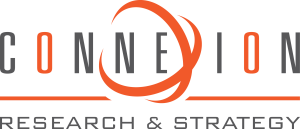Disparities in Underserved Communities Case Study
Challenge
A leading health policy research organization aimed to examine disparities in access to healthcare, disaster relief, and home restoration following Hurricane Harvey. The goal was to understand:
- Why some communities recovered faster than others
- What barriers hindered low-income and marginalized groups from accessing support services
- How to reduce inequities in aid distribution and health access
Initial Findings
Focus groups across diverse Houston neighborhoods revealed clear disparities:
- Higher-income areas had quicker access to financial aid, medical services, and home restoration
- Low-income and minority communities faced barriers including:
- Lack of information and financial literacy
- Limited trust in institutions and aid programs
- Chronic health conditions worsened by the disaster
- Difficulty accessing medical and other health services
Actionable Insights
Key strategies emerged from the research:
- Develop targeted, multilingual educational materials to improve health and financial literacy, ensuring resources are accessible and culturally relevant.
- Expand outreach programs to raise awareness of available services and connect with underserved communities more effectively.
- Improve access to care, with a focus on supporting those managing chronic conditions or mental health needs through tailored services.
- Build trust between health agencies and communities by fostering consistent engagement and creating strong, localized partnerships.
Outcome
The research led to actionable partnerships and improved services:
- Collaborated with local groups to deploy mobile and telehealth services in underserved areas
- Created financial literacy workshops and healthcare education campaigns tailored to the needs of low-income residents
- Enhanced awareness of insurance options and available aid programs
This resulted in better health access, faster recovery, greater equity, and stronger community trust in disaster response efforts.









